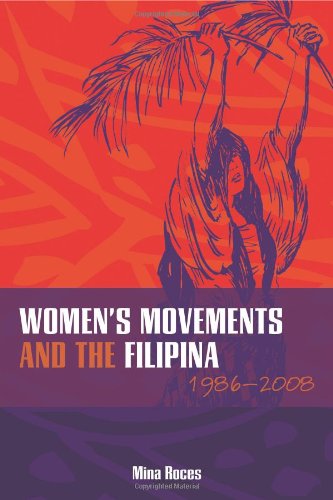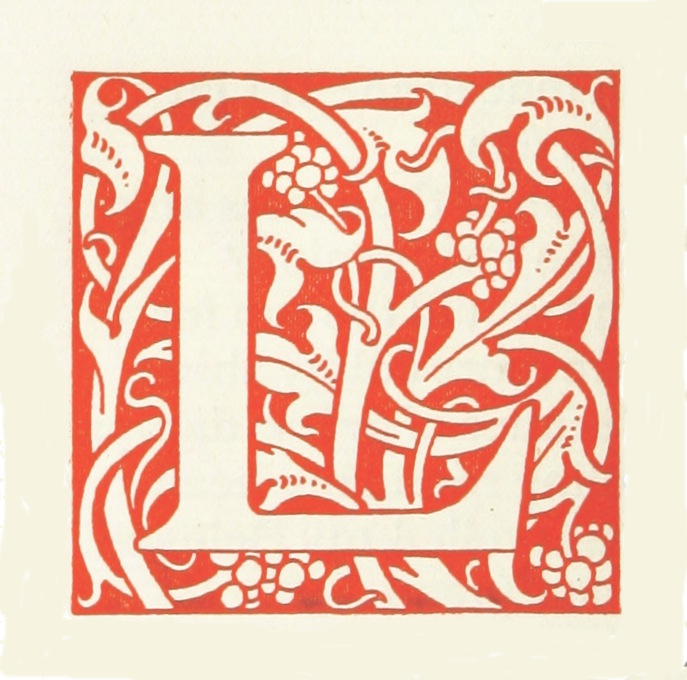Subverting the Romance in the Philippines
 The article discussed in my last post, about fans of yaoi and Boys' Love fiction, argues that these texts had changed their Filipino readers' attitudes. In particular,
The article discussed in my last post, about fans of yaoi and Boys' Love fiction, argues that these texts had changed their Filipino readers' attitudes. In particular,
Fans' exposure to representations of male homoeroticism, androgyny and coupling were all instrumental in teasing out from fans their dissatisfactions with the dualistic and essentialist constructions of gender and sexuality, as well as intimate relationships in their societies. However, more than that, Yaoi and BL's non-normative representations of masculinity and intimacy also help fans develop a more humanistic and egalitarian vision of men, women and love relationships, rejecting rigid gender norms and oppressive power relationships. (Santos Fermin 200)
Tricia Abigail Santos Fermin suggests that they may therefore be considered sites of cultural/political resistance. The same could be said of the romantic fiction discussed in Mina Roces' Women's Movements and the Filipina 1986-2008.
There isn't enough about romance novels in it for me to feel I can really add it to the Romance Wiki bibliography but it seemed a shame not to note down and share what she has to say about some romances published by "the radical women's health organization Likhaan [which] presented me with a unique source of six romance-style paperback books in the Tagalog language that they had commissioned to introduce the taboo concept of abortion as a reproductive right" (31):
Between 2004 and 2006, Likhaan published six pocketbooks. They were written by two authors; one of the authors, Lualhati Bautista, was an award-winning writer and novelist. The pocketbooks written by Carmen Cabiling were distinguishable from Bautista's because they were grouped under a series called The Scarlett Diaries where the main characters of each book were close friends of one local nonmetropolitan community named Gian. These pocketbooks were packaged in the genre of romance novels much like the Mills and Boon or Barbara Cartland books. But it was the issue of "abortion" rather than "romance" that received "star billing" in these novels. Although romance novels followed the quintessential formula that commenced with "boy meets girl" and ended with "boy gets girl," the pocketbooks by Bautista began with "girl gets pregnant" and was preoccupied with "girl and abortion." In addition, although the visual appearance of the publications were in the trope of the cheap romantic paperback novel, the content of these particular books captured poignantly the women's struggle with the decision to have an abortion - there represented as a decision that involved not just the woman herself, but also her kinship group, the father of the child, and her friends - and the difficulties in finding an abortionist, including complications that might have arisen due to the clandestine nature of it. [...] Carmen Cabiling's The Scarlett Diaries series privileged the "romance plot" over the "abortion plot" (Erika, Serena, and Angelika) [...]
Likhaan commissioned the writing of the pocketbooks based on the stories of thirty women interviewed by the organization for its research advocacy arm. The decision to use this genre was the extreme popularity of romance pocketbooks in the 1990s; they replaced the comics of previous years. The books were written in conversational, colloquial Tagalog, with an emphasis on dialogue rather than on literary description. All were short novels, of around 125 pages long, and were published in newsprint. A print-run of six thousand copies or one thousand per pocketbook was published. Many of the pocketbooks were handed out free of charge to audiences or participants in Likhaan's forums, training sessions, community educational activities, and mobilization events and to patients benefitting from their medical outreach services. [...] In addition, the books were sold at a minimum of 5 pesos each (a few cents), a huge price drop when one compares it with the P40.00 (or US$1.00) price tag on commercial pocketbooks. In addition, Likhaan has sold five hundred copies through consignment with a University of the Philippines writer-artist who sold it to college students and personal friends. By October 2007, only three hundred copies remained. All books brandished the Likhaan name and logo and were sold by Likhaan. The conspicuous absence of any explicit descriptions of sex in the novels themselves was probably intentional, because Likhaan was not shy about discussing sexuality. Because the purpose of the books was to inform, sex scenes that had the effect of titillating readers would only blunt the powerful message introduced by the narratives. Despite the cheap packaging and risqué series title (The Scarlett Diaries), these books handled the issue of abortion in a sophisticated and poignant way, delivering their attacks on the Catholic Church and the state through the intense dialogue of the characters. In this sense, the proverbial "do not judge a book by its cover" was appropriate. These pocketbooks subverted not just the sociocultural and legal mores of their time, but also the romance trope in which they were packaged. Perhaps that is why these books were seen as a potential subversive tool. But the aim was to introduce the delicate issue of abortion to mainstream society, epitomized by the target readers. One could also detect a certain irony in the use of the romance novel as a way of refashioning readers, since readers of romance fiction were not usually perceived to be susceptible to feminist ideas.
The stories that were told through the medium of these pocketbooks blurred the lines between fiction, romance, and autobiography. All books carried the following acknowledgement: "Although all the people and events in this story comes from the imagination, we wish to thank all the women who opened their doors and hearts to us who in minor or major ways have been the inspiration of this literary work or book." (189-190)
Roces concludes by stating that
Likhaan's innovative use of pocketbooks [...] create[d] a counter-hegemonic discourse by subverting the romance genre. Even these radical ideas were packaged in the narrative of romance. Perhaps cultural preparation required hints rather than blunt demands. [...] In the meantime, women readers of romantic fiction have been introduced to the serious topic of abortion, although it was accompanied by a happy ending. (196-197)
----
Roces, Mina. Women's Movements and the Filipina 1986-2008. Honolulu: U of Hawai'i P, 2012.
Santos Fermin, Tricia Abigail. "Male Homoerotic Fiction and Women's Sexual Subjectivities: Yaoi and BL Fans in Indonesia and the Philippines". Women and Erotic Fiction: Critical Essays on Genres, Markets and Readers. Ed. Kristen Phillips. Jefferson, North Carolina: McFarland 2015. 187-203.

 I'm probably not doing a very good job of trying to capture the essence of many of these essays, given how little I know about the texts they discuss. At a minimum, I hope I'm giving enough quotes to let people know if an essay is on a topic which interests them.
I'm probably not doing a very good job of trying to capture the essence of many of these essays, given how little I know about the texts they discuss. At a minimum, I hope I'm giving enough quotes to let people know if an essay is on a topic which interests them.